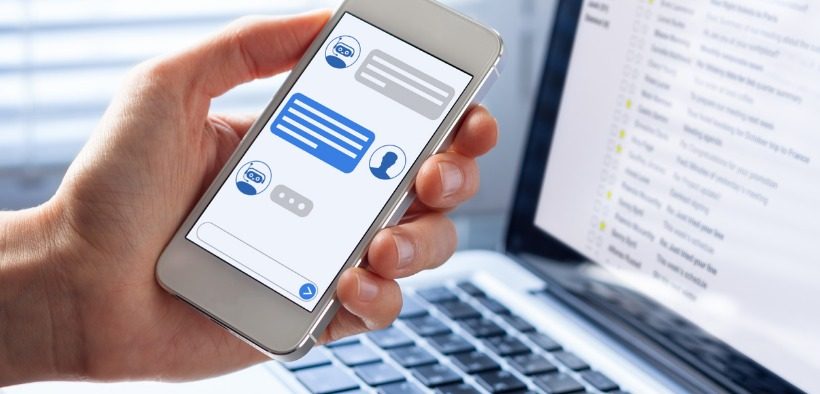Ever since reading the article about how Professor Ashok Goel used bots to enhance the student experience for his computer science class, we have been wondering how artificial intelligence (AI) can be used in education. At our business school, we do not use this technology to manage our every day interactions, but, as part of a strategic reflection on the possibility of AI in our classes, we have begun to brainstorm about the promise that AI holds. Like companies, educational institutions are investing in improving the digital experience of students by using technology to create, manage, deliver, and optimize student experience anytime, anywhere. We believe there are ways to use AI to improve effectiveness and efficiency in the classroom.
The Classroom of the Future: How Chatbots Can Enhance Student Experience

Related Articles
I have two loves: teaching and learning. Although I love them for different reasons, I’ve been passionate about...
Active learning is a mostly meaningless educational buzzword. It’s a feel-good, intuitively popular term that indicates concern for...
Perhaps the earliest introduction a student has with a course is the syllabus as it’s generally the first...
Generative AI allows instructors to create interactive, self-directed review activities for their courses. The beauty of these activities...
I’ve often felt that a teacher’s life is suspended, Janus-like, between past experiences and future hopes; it’s only...
I teach first-year writing at a small liberal arts college, and on the first day of class, I...
Proponents of rubrics champion them as a means of ensuring consistency in grading, not only between students within...








